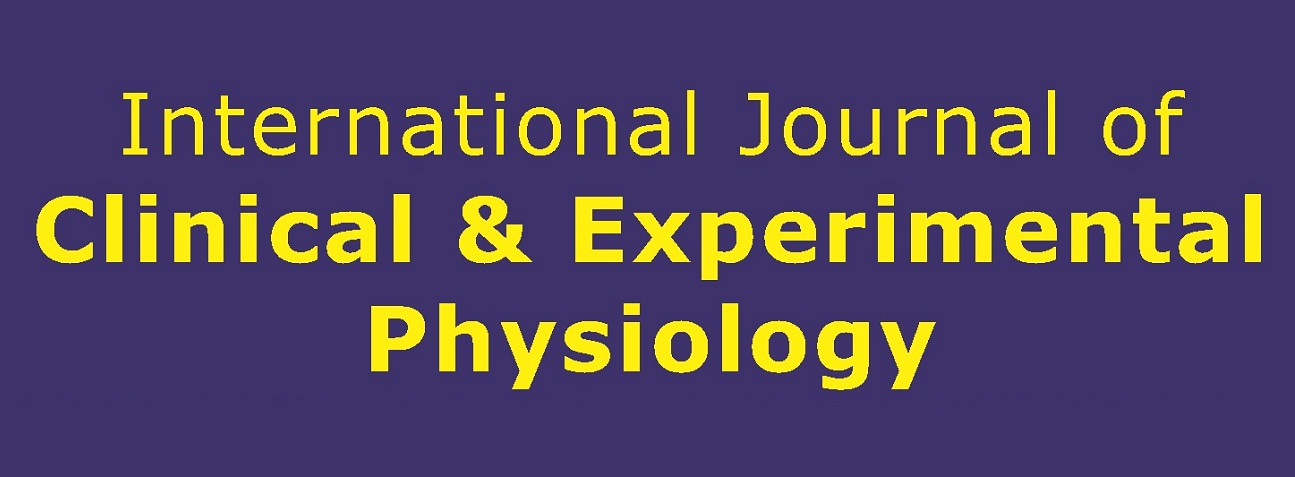Role of Sympathovagal Imbalance in Gestational Hypertension: A Mini-Review
Abstract
Hypertension is one of the most common medical problem encountered in about 15% of pregnancies and it contributes to 12% of maternal morbidity and mortality especially in developing countries of south-east Asia. The Autonomic Nervous System (ANS) has a prominent role in the cardiovascular system adaptation to pregnancy. However, in gestational hypertension, sympathetic overactivity leads to intense vasoconstriction that results in hypertension. Current evidence suggests that sympathovagal imbalance is highly prevalent in women with Gestational Hypertension (GHT). The sympathovagal imbalance is a major cardiovascular risk in hypertensive disorders including the hypertensive disorders of pregnancy. Thus, sympathovagal imbalance is not only the physiological mechanism for genesis of hypertension in GHT, but also a major contributor to cardiovascular risk in GHT.






